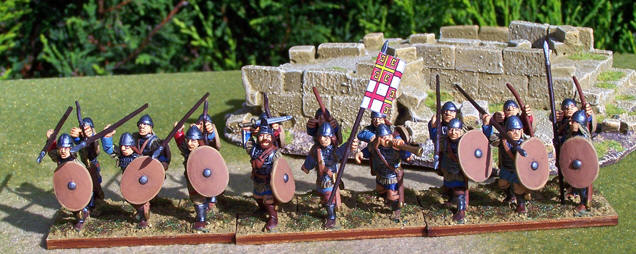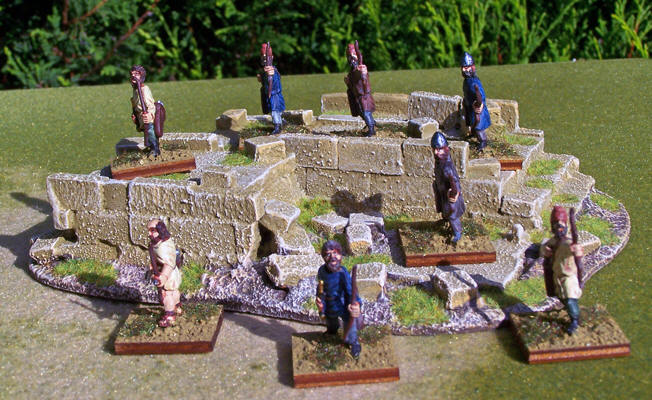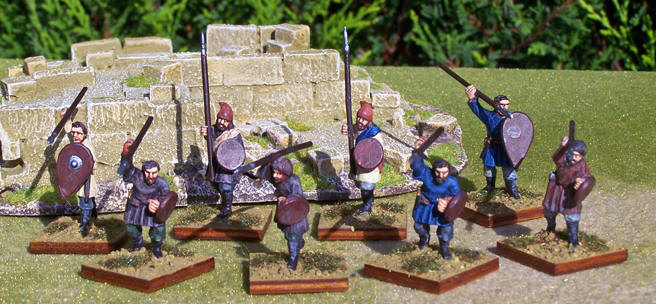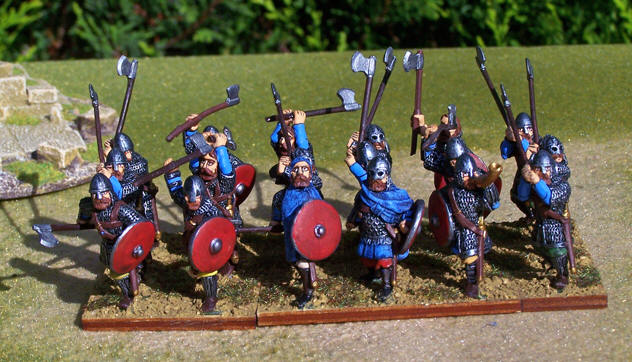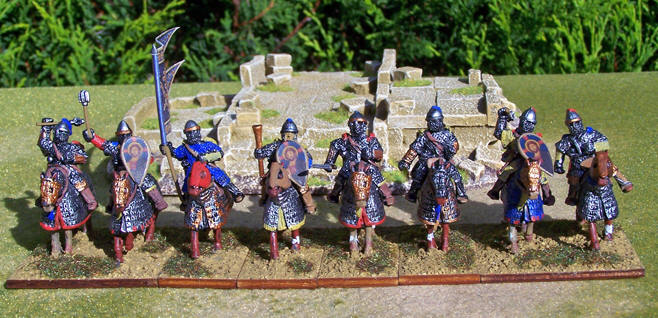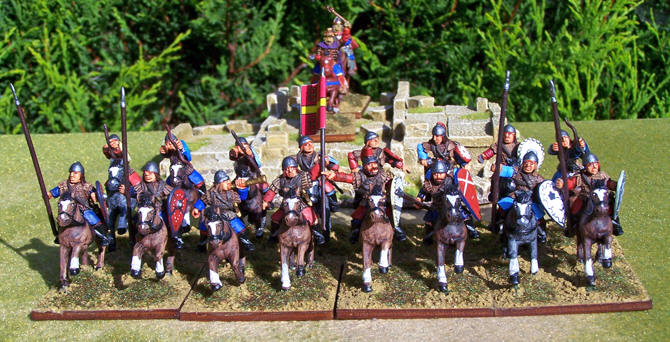- Home
- About
-
Travel
-
Features
- Dyrrachion1081
- Normans in the Balkans
- Manolada 1316
- Kosovo 1389
- Castles on the Danube
- Late Medieval Bosnian Army
- Doboj 1415
- Wallachian and Moldovan troops of the Napoleonic wars
- Anchialos 917
- Slovenian Borderlands
- The Zadruga and the Military Border
- Cretan War in the Adriatic
- Salonika 1916
- Uskoks of Senj
- Siege of Klis 1537
- Eugene in the Balkans
- Moldavian Surprise 1711
- Austro-Turkish War 1737-9
- Militargrenze
- Invading Ottoman Turkey
- Siege of Ragusa 1814
- Russo-Turkish War 1806-12
- Serbian Uprising 1815
- Ali Pasha
- Ottoman Army 1826
- Aleksinac 1876
- Shipka Pass
- Slivnitsa 1885
- Romanian Army 1878
- Austrian forts 19thC
- Kumanovo 1912
- Catalca Lines
- Adrianople 1912-13
- Kajmakcalan 1916
- The other 1918 campaign
- Macedonia air war WW1
- War of the Stray Dog
- Royal Yugoslavian armed forces
- Blunder in the Mountains
- Romanian SS
- Gebirgsjager in the Balkans
- Knights Move 1944
- Vis during WW2
- HLI in the Adriatic
- Adriatic Cruel Seas
- Dalmatian Bridgehead
- Cyprus 1974
- Transnistrian War
- Ottoman Navy Napoleonic wars
- Medieval Balkans
- Balkan lockdown quiz >
- Reviews
-
Armies
- Ancient Greeks
- Pyrrhic army of Epirus
- Dacian wars
- Goths
- Late Roman
- Comnenan Byzantine Army
- Normans
- Serbian medieval
- Albanian medieval
- Wallachian medieval
- Bosnian Medieval
- Catalan Company
- Polish 17C
- Austrian Imperialist
- Ottoman
- Austrian 18thC
- Russian Early 18thC
- Ottoman Napoleonic
- Greek Revolution
- 1848 Hungarian Revolution
- Russian Crimean war
- Romanian Army of 1877
- Ottoman 1877
- Russian 1877
- Balkan Wars 1912-13
- Macedonia WW1
- Greece WW2
- Italian Army WW2
- Gebirgsjager WW2
- Hungary WW2
- Turkey WW2
- Soviet Union WW2
- Bulgaria WW2
- Turkish Korean War Brigade
- Balkan Wars 1990s
- Links
- Books
Comnenan Byzantine Army of the 11th Century
The Byzantine army (post the disastrous defeat by the Turks at Manzikert 1071) still retained some tagmatic cavalry units from Macedonia, Thrace and Thessaly and two guard units the Exkoubita and Vestiaritai. The infantry core was the Varangian Guard consisting mostly of Anglo-Saxons who left England after the Norman invasion. The bulk of the army were mercenaries including Turkish horse archers and Armenian foot together with levy foot spearmen, archers and slingers.
This was the army that fought against the Normans at Dyrrachion in 1081.
Despite the defeat at Dyrrachion this was a period of Byzantine revival. Pechenegs and Cumans raided south of the Danube, the Bulgars revolted and the Seljuks reached the Asiatic gates of Constantinople. Alexius skilfully made peace with the Seljuks enabling him concentrate on the Balkans. The campaign began badly with the Bulgarians allied with Pechenegs and Cumans defeating Alexius at Silistra in 1086. However, he recovered suppressing the Bulgar revolt and defeated the Pechenegs at Leburnion 1091.
This was the army that fought against the Normans at Dyrrachion in 1081.
Despite the defeat at Dyrrachion this was a period of Byzantine revival. Pechenegs and Cumans raided south of the Danube, the Bulgars revolted and the Seljuks reached the Asiatic gates of Constantinople. Alexius skilfully made peace with the Seljuks enabling him concentrate on the Balkans. The campaign began badly with the Bulgarians allied with Pechenegs and Cumans defeating Alexius at Silistra in 1086. However, he recovered suppressing the Bulgar revolt and defeated the Pechenegs at Leburnion 1091.
